Author LYLE LANGUILEY
Photographer XHIN TOH
Editor CHIH YI CHEN
Nobody will take offense if you call Changhua an unassuming city, not even its proudest residents, because they know best that their unpretentious hometown is special.
Changhua is among the oldest cities in Taiwan―older than Taipei, Taichung and Kaohsiung, and just a fraction younger than Tainan.
It has been the place of many defining developments in Taiwan’s history, and one of them was literary.
In Changhua, Lai Ho (賴和), the father of Taiwanese literature, practiced his craft in the early 20th century, and guides from the Lu Ko Changhua Travel Library
(旅庫彰化) can take you back to the Changhua of the old days.
Gods of land and beauty
In Lai Ho’s writings, life revolves around temples and other institutions of local culture during the Japanese colonial era. Only rarely do his stories mention place names, but the temples he describes, for example in The Homecoming (歸家), might be North Gate Fude Temple and Kaihua Temple, where generations of residents have prayed for beauty. The fact that the latter temple was scaled down against their will by the Japanese would fit the sentiment of Lai Ho’s stories, which are fiercely critical of colonialism.
Meanwhile, the market where Qin Decan, the protagonist of his most famous story, The Steelyard
(一桿稱仔), sells vegetables might be Nanmen Market, which, aside from traditional stalls, also features The Nineteen Coffee Studio (榯玖咖啡). The market is in the old city, near the former Japanese police station, where Qin would have been imprisoned after being arrested by a cruel policeman.
After his release, he might have thanked the gods for their blessing by eating an auspicious snack from the nearby Fong Pian Rice Cake Shop (鳳片糕).
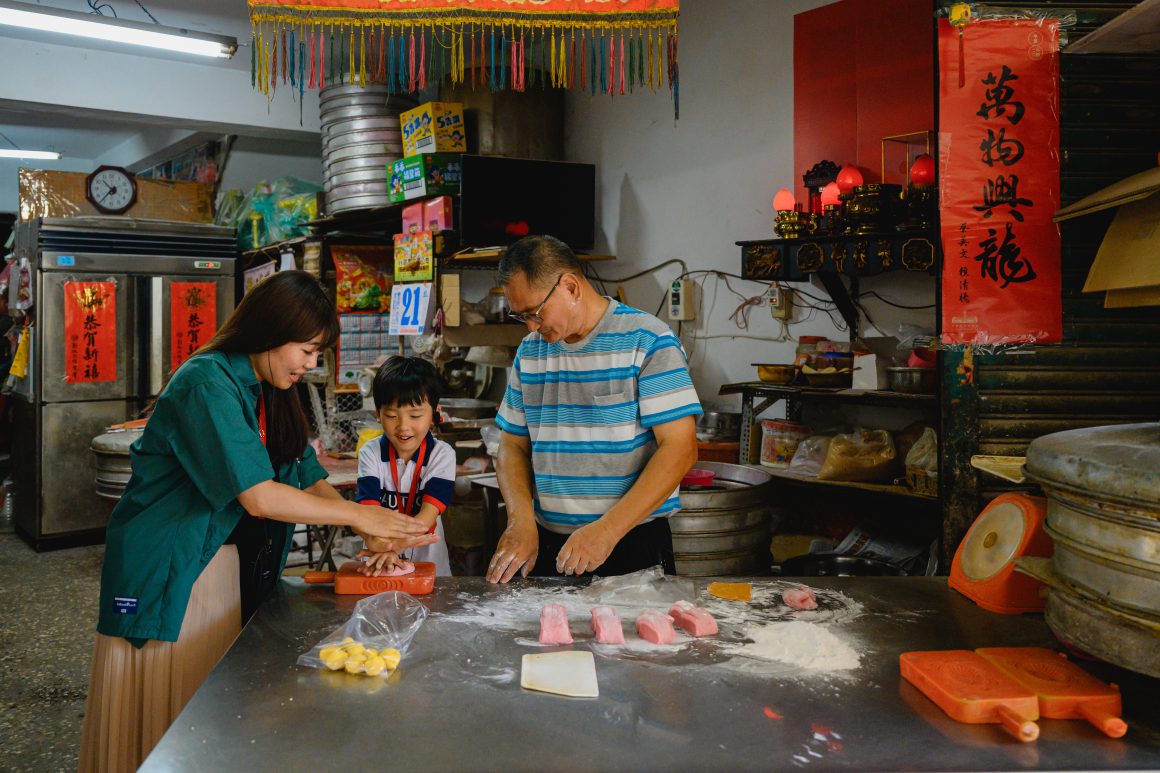
Postcolonial skills
A destination for time travel to Lai Ho’s time is Chun Qiu Art Studio (春秋美術社手工燈籠), where generations of craftsmen have created lanterns that adorn Taoist temples around Taiwan. The business is still going strong―stronger even than in Lai Ho’s time. This might be because under colonial rule, many Changhua residents were illiterate, and even Chun Qiu’s master builders couldn’t write the auspicious messages onto the lanterns that are so important. With that skill added after the war, Chun Qiu’s lanterns became a gem for calligraphy lovers.
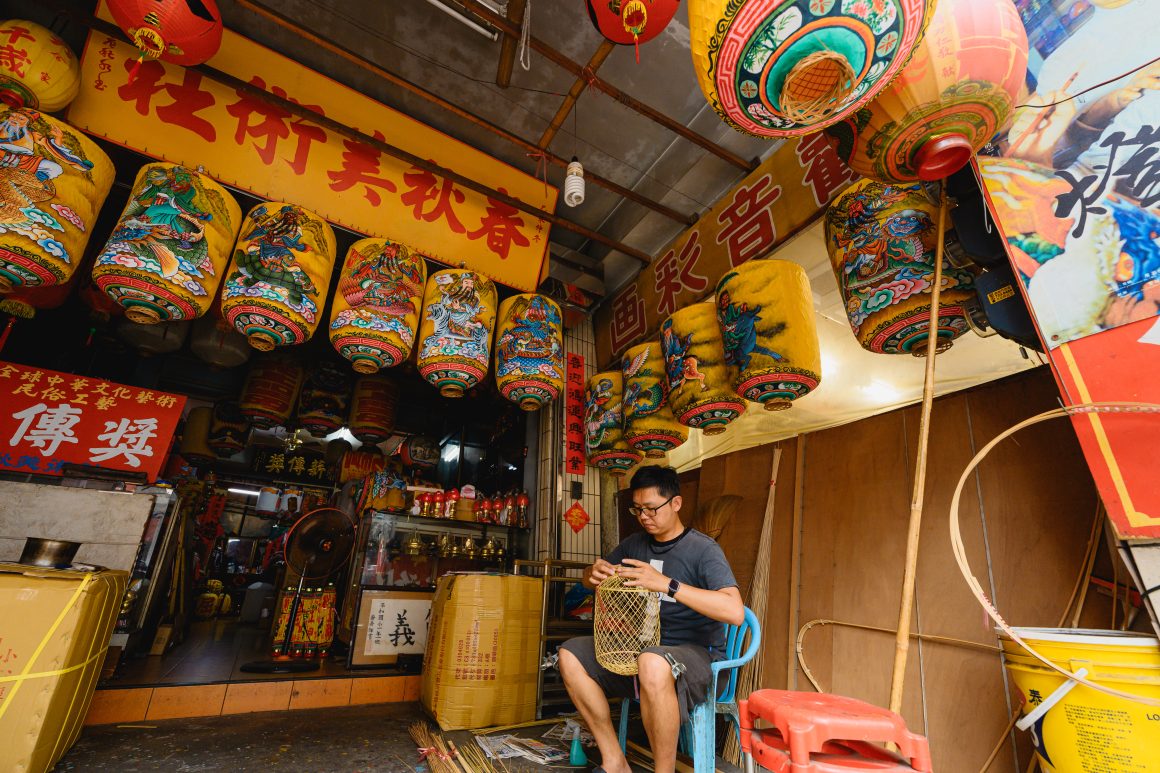
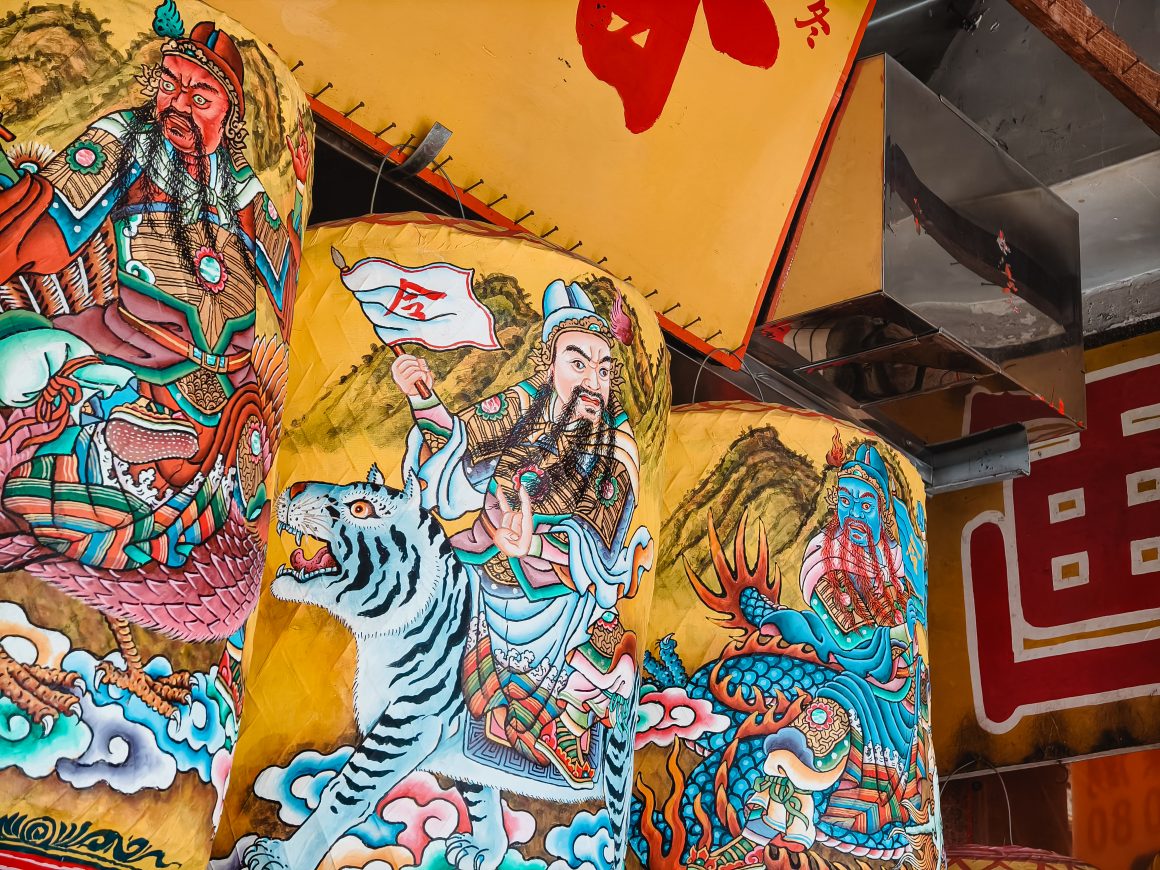
Harmonious blend
Lai Ho was a Western medicine doctor. However, many people in his stories and essays―which he wrote after work, on weekends and even while imprisoned by the Japanese―visit Traditional Chinese Medicine shops, where they receive treatment that yields mixed results. Lai Ho was critical of that tradition, but he also had a deep respect for it. It is fitting that in Changhua, TCM businesses are still ubiquitous.
You Fa Chinese Medicine Shop (友發蔘藥行) is one of the most unique among them. In addition to offering remedies for various ailments, its owner is also eager to demonstrate his skills to visitors, from explaining the concepts of medicinal herbs to preparing herbal concoctions.
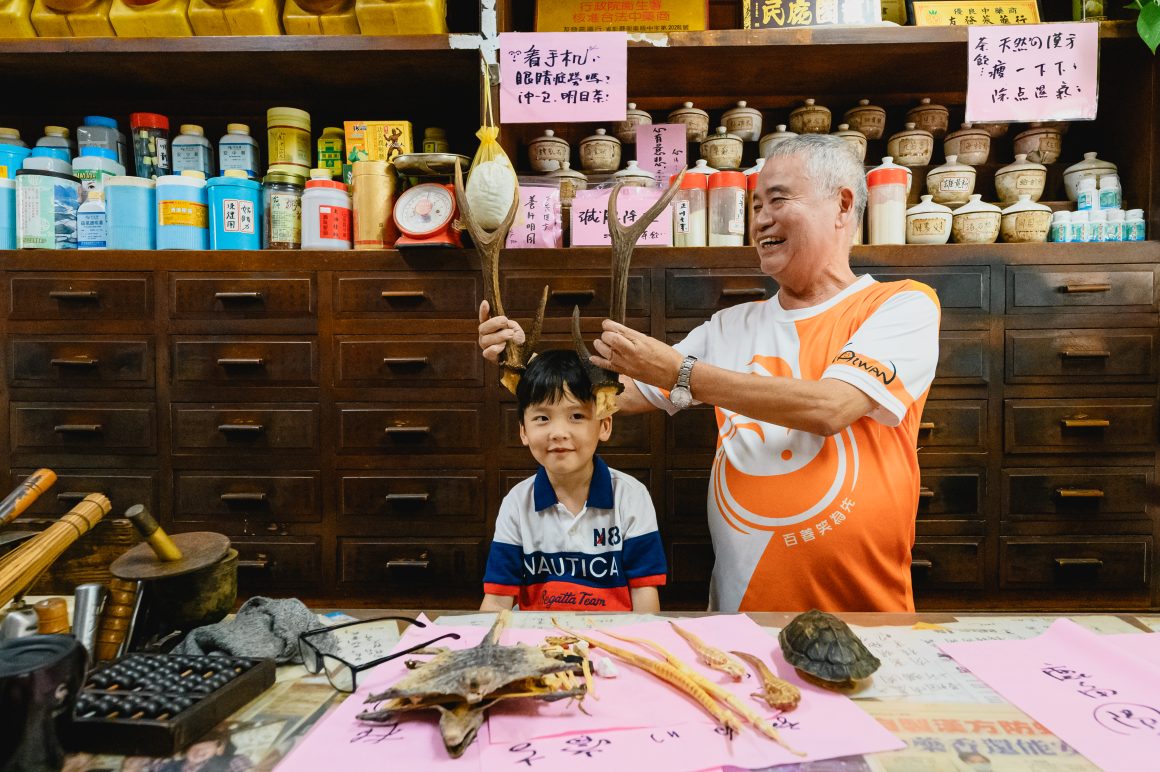
In Changhua, Eastern and Western traditions complement each other just as well as old and new styles. This is evident near the train station, at businesses such as Lightfull Studio (光雕咖啡) or the Ai Chi stationery shop (愛治文具行).
Pork is king
The Taiwan of Lai Ho’s time was a developing country. Much has changed since; other things have (luckily) stayed the same. One of them is Changhua’s love of braised pork.
Pork is what Changhua residents of Lai Ho’s simpler times could afford, and simple cuts remain a local favorite.
The Fish Market Braised Pork Rice restaurant (魚市爌肉飯) offers Changhua’s largest variety of them. In an area near the Japanese-era city limits, then close to the first hog farms, it is the perfect place for an unassuming yet special meal.
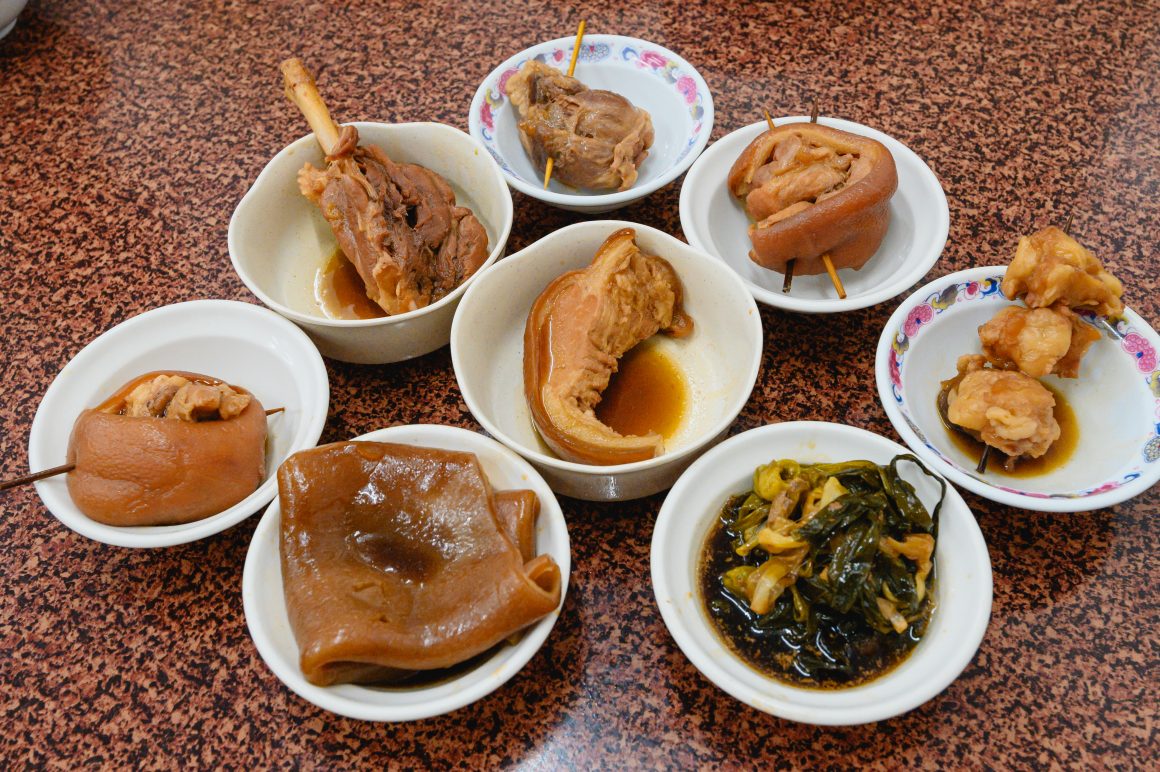
Pathfinder
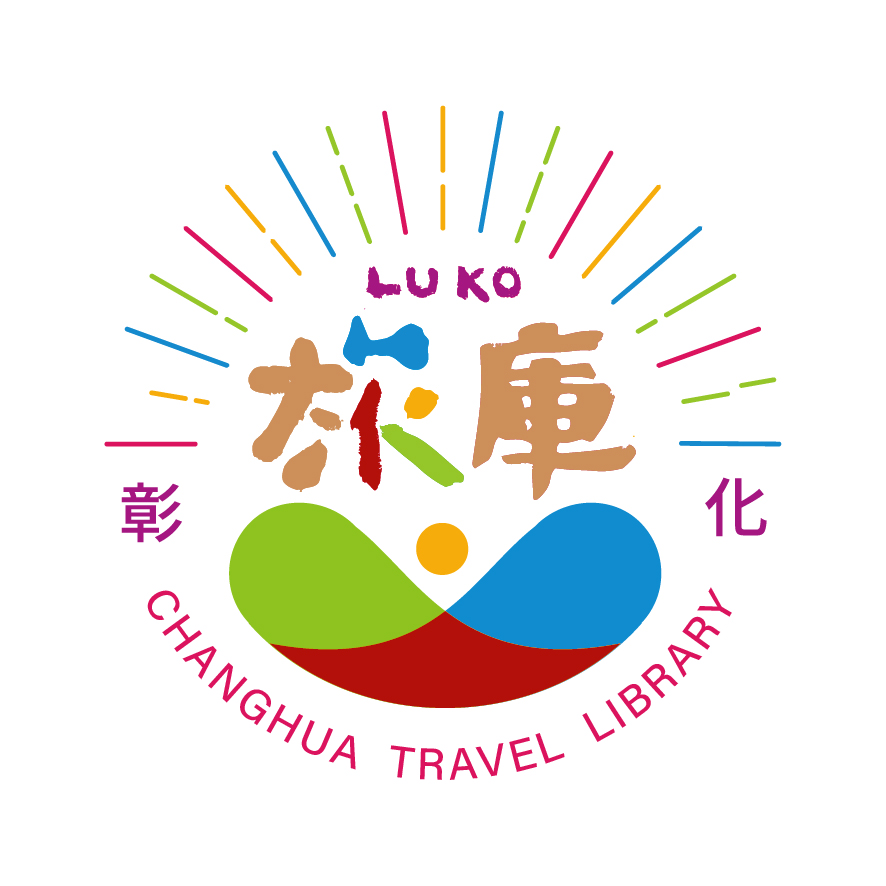
Lu ko Changhua Travel Library (旅庫。彰化)
Embark on a sustainable journey through the blocks of Changhua, where you can immerse yourself in the town’s vibrant history and distinctive culture. Savor a hearty meal crafted from locally sourced ingredients, combining the flavors of both traditional and modern cuisines.












